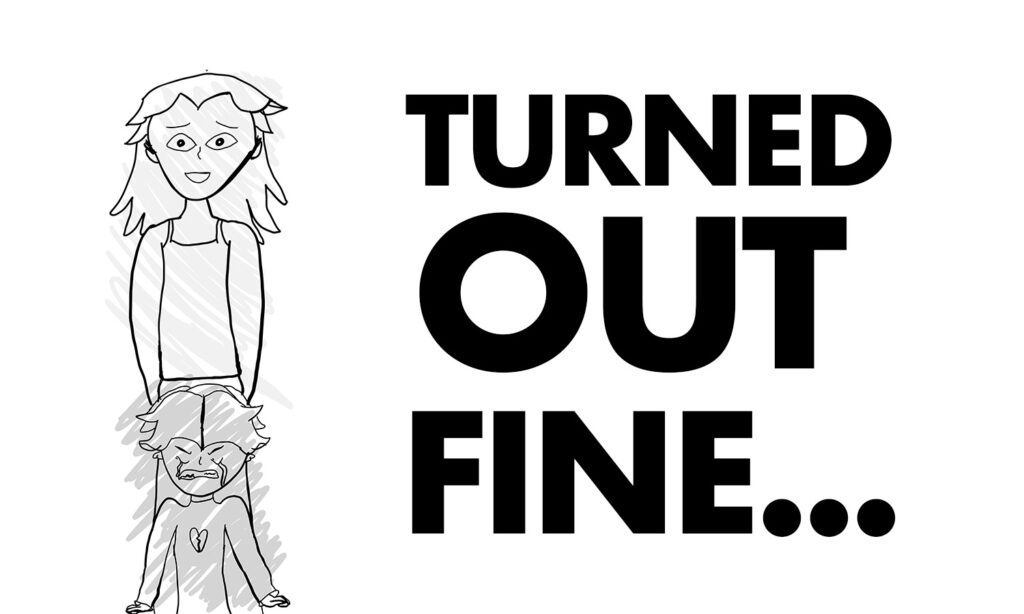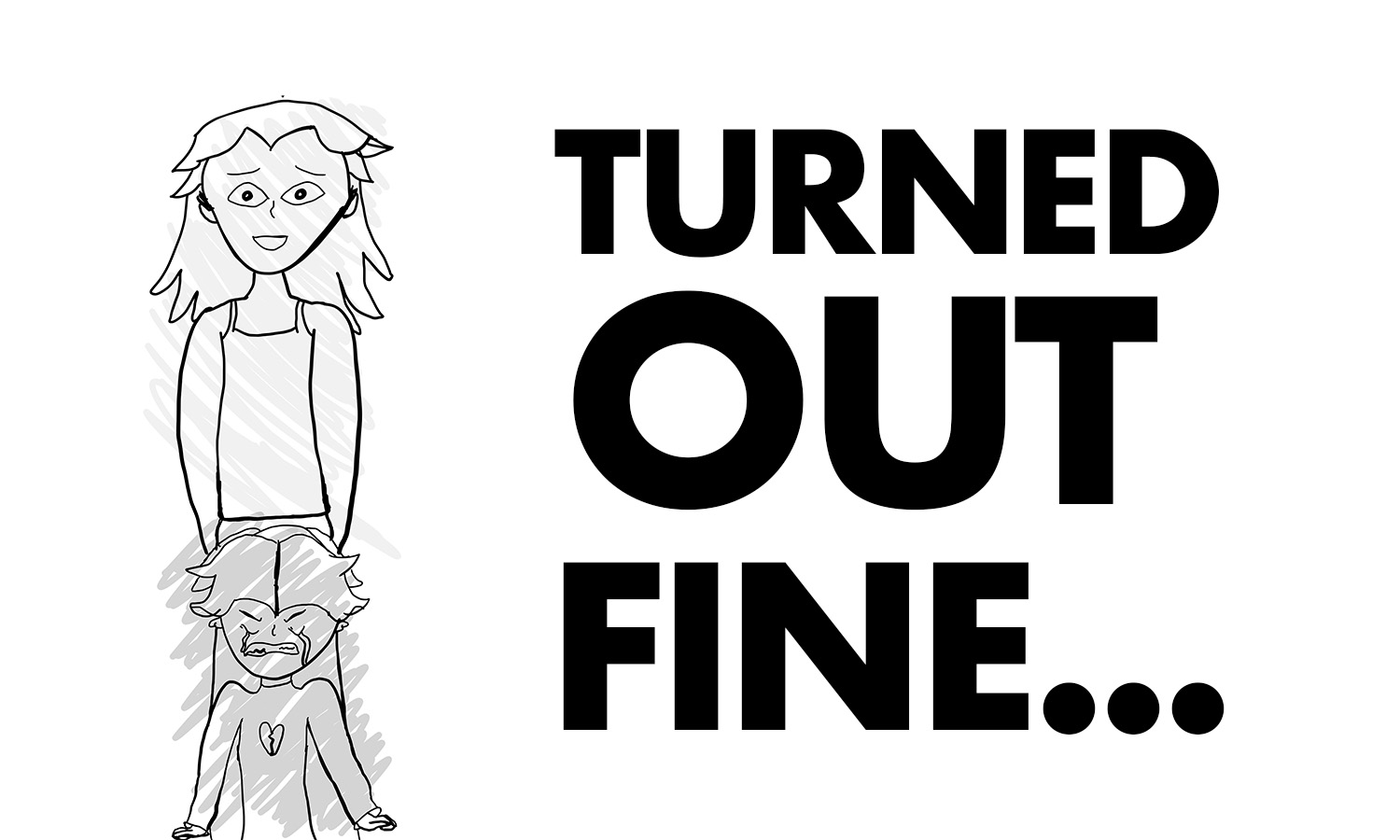An urban plains writer gets underneath the adult facade

College student Amra Smajlovic doesn’t live in the past, though there are components of her past that profoundly impact her today.
“For me, it’s all the things in my past that I haven’t worked through,” Smajlovic says. “Places, phrases, certain objects and more can make the memories, good and bad, flood in. My first instinct is usually to push the feelings down, and not think about it. It can be scary and sad to deal with those emotions.”
Experiences like Smajlovic’s can be linked to the “inner child.”
Therapist Alica Krpan explains inner child as “a part of someone that holds harm, neglect, shame and other memories.”
“Basically, if you get hurt as a child, and someone tells you, ‘No, it doesn’t hurt,’ your inner child is going to build a defense system around that event—every sound, smell, and feeling will have long-lasting consequences,” Krpan says. “The mind will associate those senses with feeling threatened or invalidated.”
The concept has roots in psychotherapy and focuses on “identifying parts of us that hold different memories of harm, neglect, judgment, shame, and hateful situations,” Krpan says.
It’s all about bodily instincts. “It’s not that you as a 24-year-old or 30-year-old self gets stuck on that memory,” Krpan says. “It’s that your body just reacts to situations every day as if it weren’t in the past.”
Traumatic events as well as positive experiences make up the traits of the inner child, though traumatic events seem to affect people in ways that make life harder as an adult. Some events can confuse a child, and if that person does not properly process them, the inner child will not forget that confused feeling.
Trish Philips, also known as The Doodle Doc, has specialized in inner child healing for 25 years and focuses on healing from the inside out.
According to Philips, the time it takes for inner child work with a professional has to do with the way we form relationships with others. “It depends on their attachment style,” Philips says. “So a lot of people might be more dismissive and detached, and so it might take a little bit longer.”
Depending on the person and the specific situation, connecting with the inner child might be easier or harder to do.
When considering whether to engage in inner child healing, two common questions arise: Am I clinging to the past? If so, is it affecting my ability to ‘move on?’
“What I would also question is, if someone isn’t letting go, is there something deeper going on inside of them in the first place?” Phillips says. “For someone to say, ‘Well, you just need to grow up and let it go’, I would say that person … has probably no little or no compassion for their own inner child.”
The inner child can manifest in various ways—experiencing melancholy episodes, taking protective measures, feeling sudden mood changes, or displaying heightened reactions to surroundings—depending on an individual’s past traumas and personality.
Jordan Colbert is a daycare worker who sees both pros and cons to being in touch with her inner child. “Professionally, I usually am going to suppress it (the inner child), especially when I am dealing with adults,” Colbert says. “But being that I work with kids, I do have to find a way to access it, so that I can relate to the kids I’m working with.”
Relying on healthy relationships can also relieve stress that comes from an active inner child.
“Sometimes you just have to find that one person who’s willing to listen,” Smajlovic says. “I’m on the path to accepting my inner child, but I can’t do it alone.”
Finding coping strategies that allow for considerate and kind thoughts can help with processing emotions and handling triggers. Some people use a variety of mechanisms to stay calm.
“Wellness is a super important way for me to not dwell and get lost in my feelings,” Colbert says. “My therapy is personally finding activities and people I can talk to, and artistic outlets.”
Talking about childhood trauma and how to heal from it is a personal experience, which is why it is important to be attentive to knowing when conversations are needed.
“I think our generation (Gen Z) doesn’t disregard or brush the inner child off,” Smajlovic says. “We talk about it more, and we want to see each other thrive.”
The inner child wants to keep itself from getting hurt and wants validation, so acknowledging it is a good step forward in regaining control, and dealing with triggers.
“Being in touch with your inner child is like asking, ‘Why do I feel like this when this happens?’ Krpan says. “I’m going to listen to what happened and why I don’t trust myself.”
These questions can help in the process of analyzing how a person deals with hardship and stress.
“It is a beautiful work,” Krpan says. “The idea is there is the inner child part of the self. Your true self. You identify the parts of us that carry the hurt, and approach them with compassion.”

